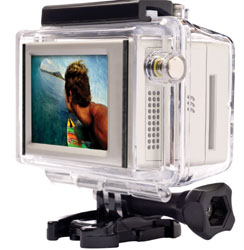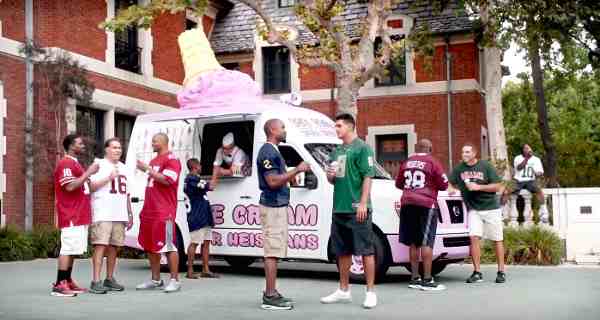How GoPro Captures X Games Gold for ESPN
GoPro, a leading activity camera company, releases its first edits from the games as well as videos that were used during the broadcast production of the 2011 Summer X Games.
GoPro created immersive course previews and daily highlight videos for the ESPN televised broadcast of the X Games.
According to the company, the TV audience was taken on a one-of-a-kind ride with GoPro course previews of key events, such as BMX Big Air, Skate Big Air, Skate Vert, Rally Cross, and the Street Skate Park.
And each night, ESPN’s X Center would feature a daily GoPro highlight video, shot entirely with HD HERO cameras that captured some of the most dramatic moments of the games, says the company.
These shots, such as from the bottom of the skateboard or from the seat post of the BMX bike, gave TV viewers a new and dynamic way to experience the X Games from the athletes’ perspectives.
GoPro pulled out all the stops, reaching a crescendo with its two-minute highlight video that was used in the celebration and conclusion of the 2011 Summer X Games, says GoPro.
“The 2011 Summer X Games was a major milestone for GoPro,” said Nicholas Woodman, founder and CEO of GoPro. “We are beyond stoked with how our cameras were used in the televised broadcast of the X Games. It is incredible to think that this same camera that is available at a local skate or bike shop is being used for professional productions like the X Games.”
The versatility of the HD HERO with its small size and mount-anywhere design enabled the cameras to be positioned in numerous ways, be it on the athlete, their equipment or trackside to capture the unique shots.
The team also used a first-of-kind, handheld camera array consisting of 48 synched HD HERO cameras to capture and deliver dramatic action shot sequences, giving the viewer a continuous and flowing multi-angle view of the athletes as they performed their tricks.
Even with 48 HD HERO cameras attached, GoPro’s experimental camera array is still light enough to be carried by one person and to be positioned in the middle of the action.
To duplicate this type of set-up with traditional production cameras, the cost would reach into the hundreds of thousands of dollars and would be too impractical to be used during a live sporting event, says the company.






